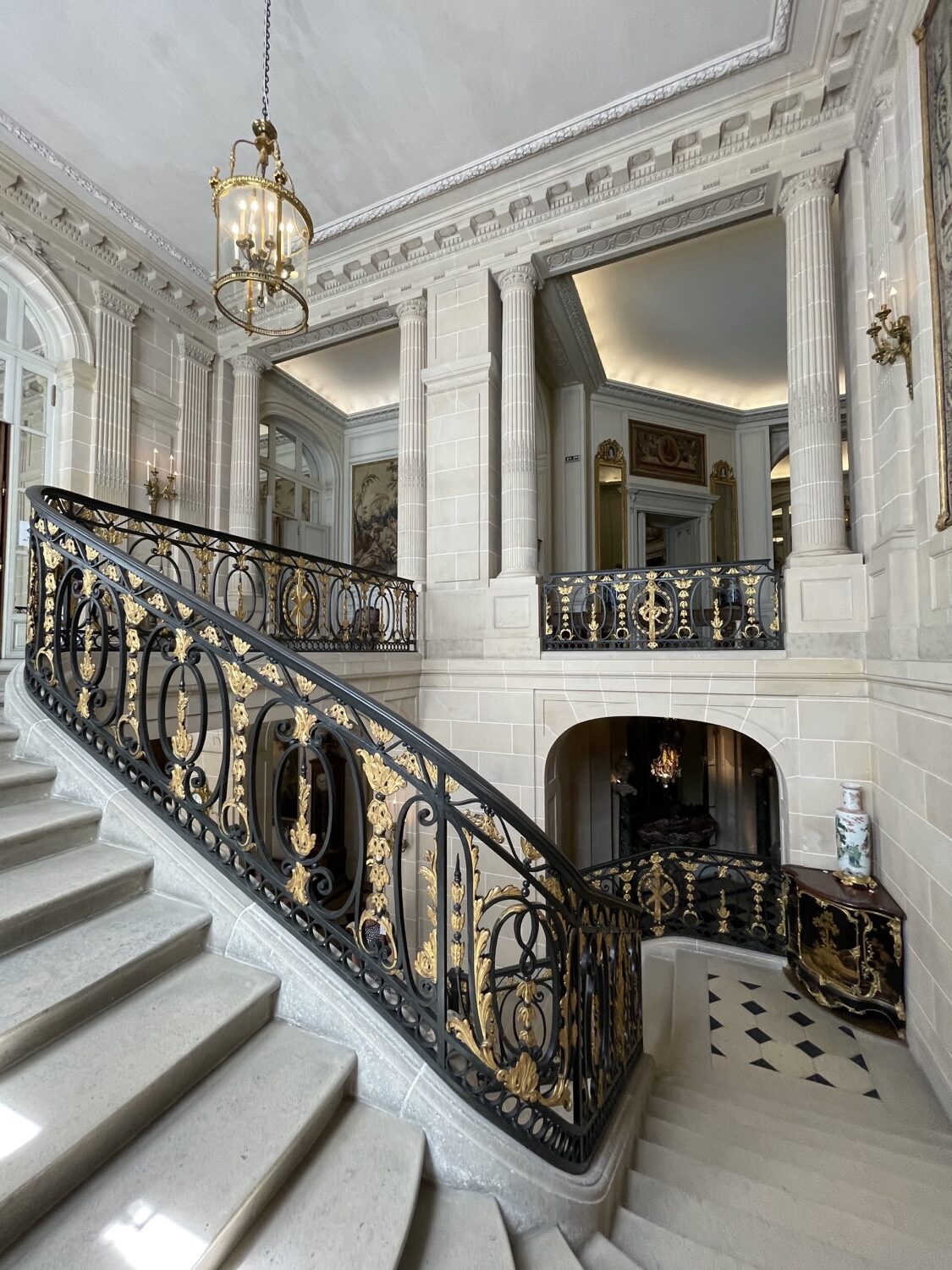If you are a fan of lovely historic interiors you will unquestionably take pleasure in a go to to Museum Nissim de Camondo in Paris.
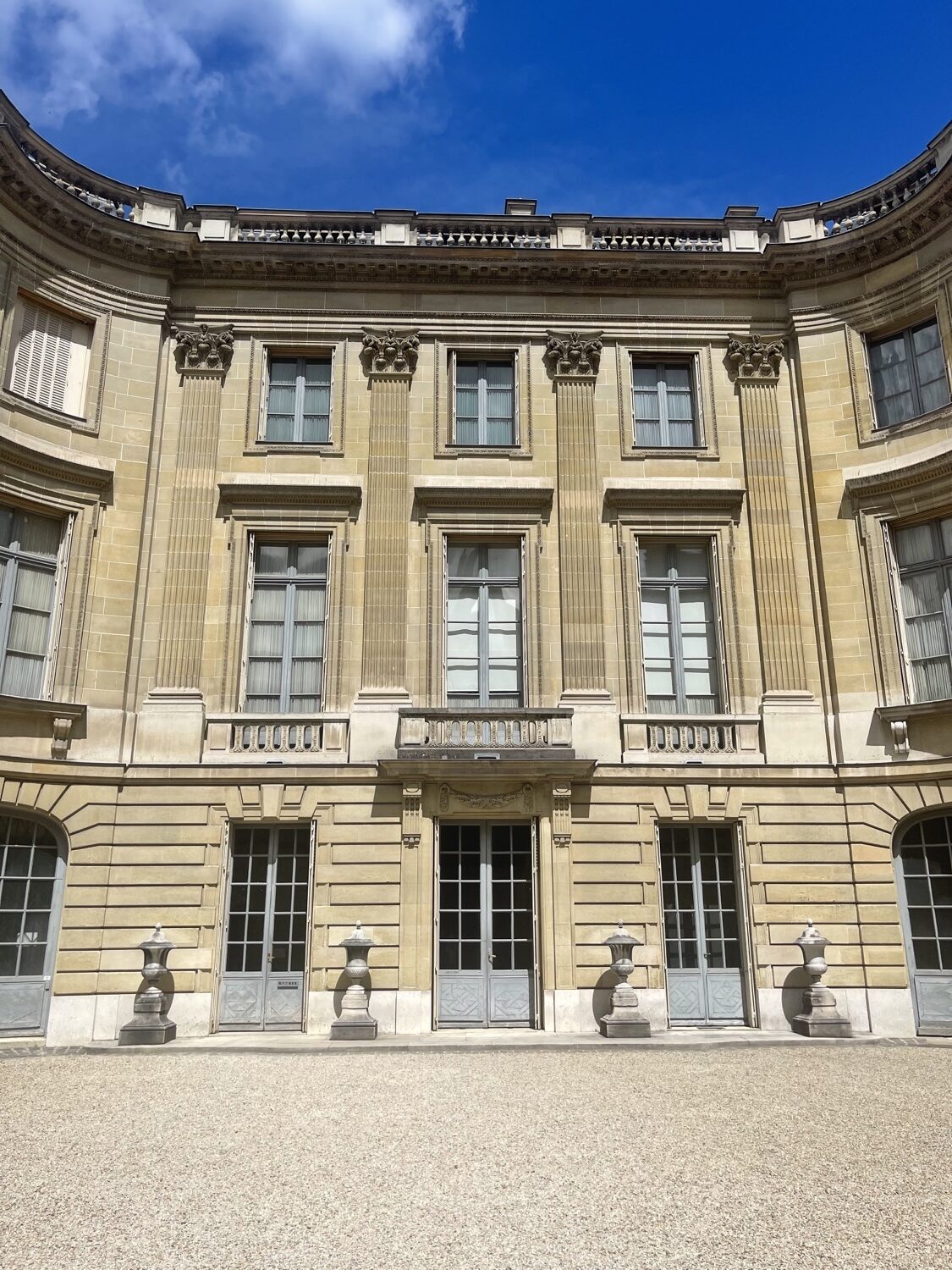
The dwelling-museum was produced in a mansion constructed back again in 1911 by purchase of a Parisian banker who received the title of depend – Moses de Camondo. The Camondo dynasty is of a Jewish origin. In the 15th century, the relatives fled Spain and settled in Istanbul. Getting opened a bank and engaged in charity do the job, the loved ones incredibly quickly attained significance in Jewish circles, mainly because its members actively served their compatriots to study French and Turkish in buy to swiftly adapt to the ailments of lifestyle in the Ottoman Empire.
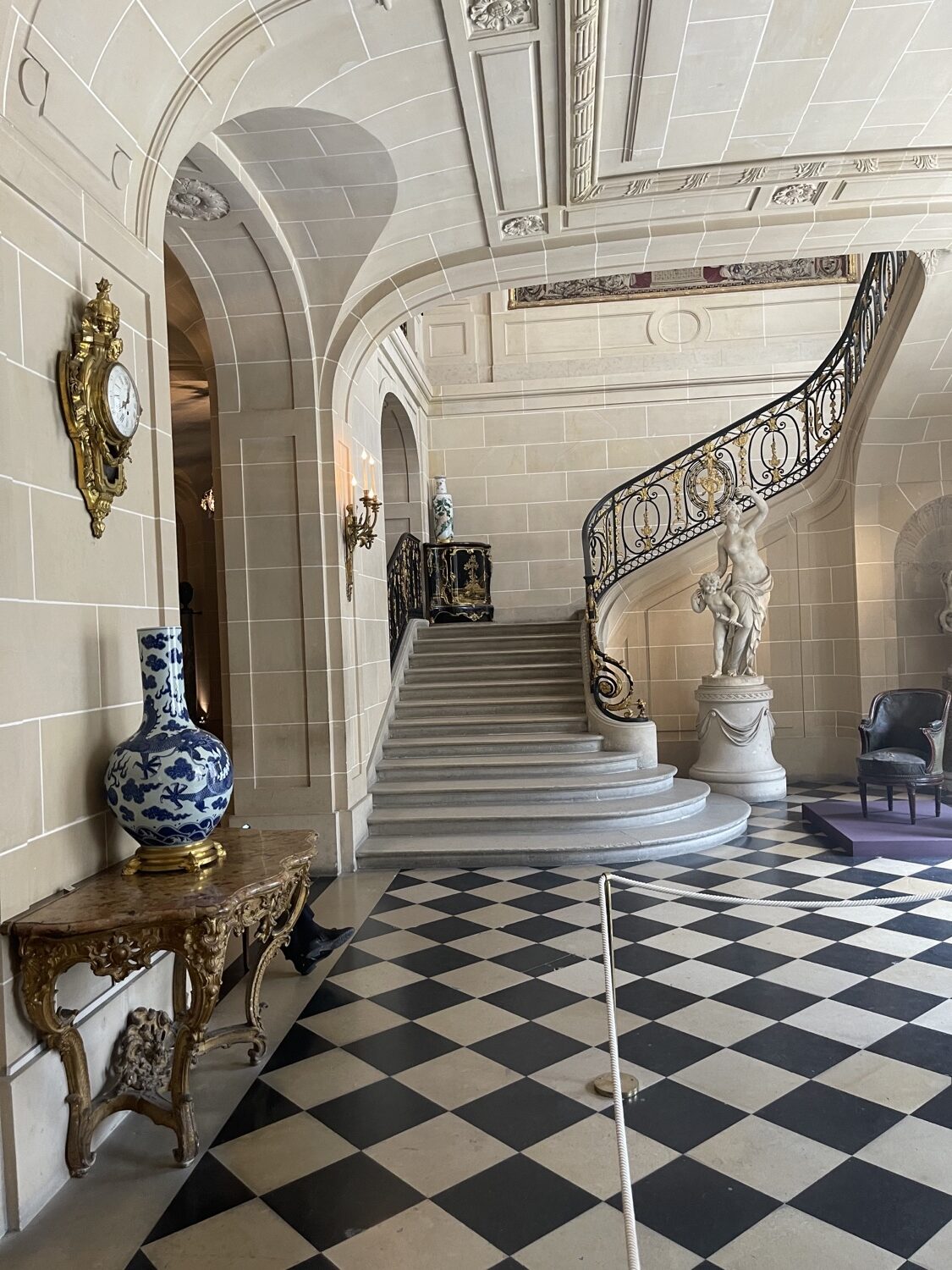
In 1869, family Camondo moved to Paris, wherever they acquired a plot of land near the Manso Park and built a mansion on it. 1 of the associates of the Kamondo household, Moses, was acknowledged in the modern society as a passionate lover and good connoisseur of French ornamental artwork of the 18th century. In this regard, he actively gathered household furniture and objects of that period. Acquiring already acquired a rather sizeable assortment, the rely made a decision to renovate his mansion. He requested for aid to the architect Rene Sergent, who turned famous for his operate on the structure and reconstruction of mansions not only in Paris, but also in London.
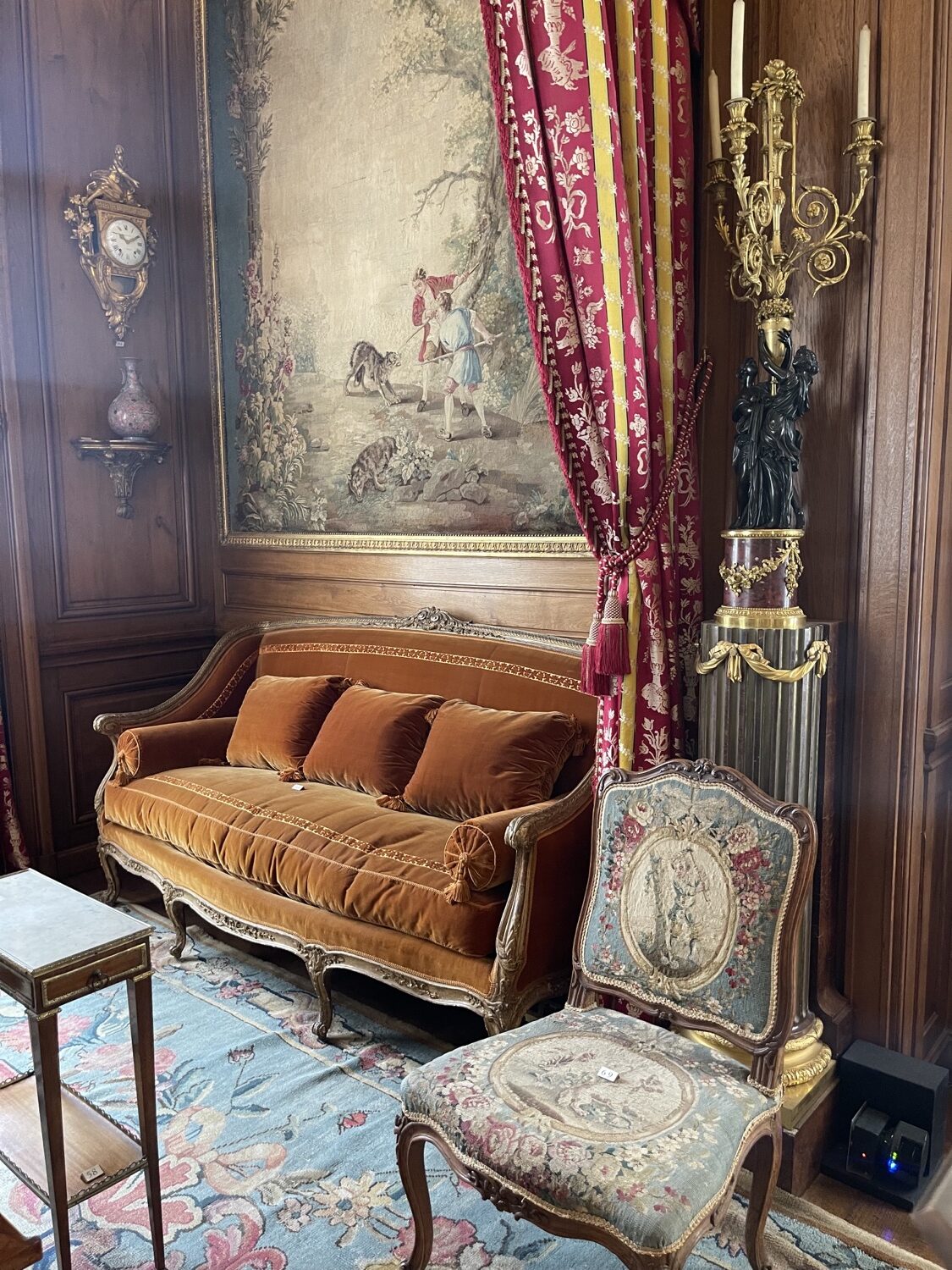
Getting influenced by the Versailles Petit Trianon, Sergeant basically transferred its style and design to the Camondo mansion. The facade of the creating is made up of three floors, each individual of which has a specific goal. The most affordable flooring serves as a kitchen area, the 2nd – rooms for acquiring guests, and the final – the personal flats of the house owners. At current, the mansion has retained the very same appearance as in the 20th century.
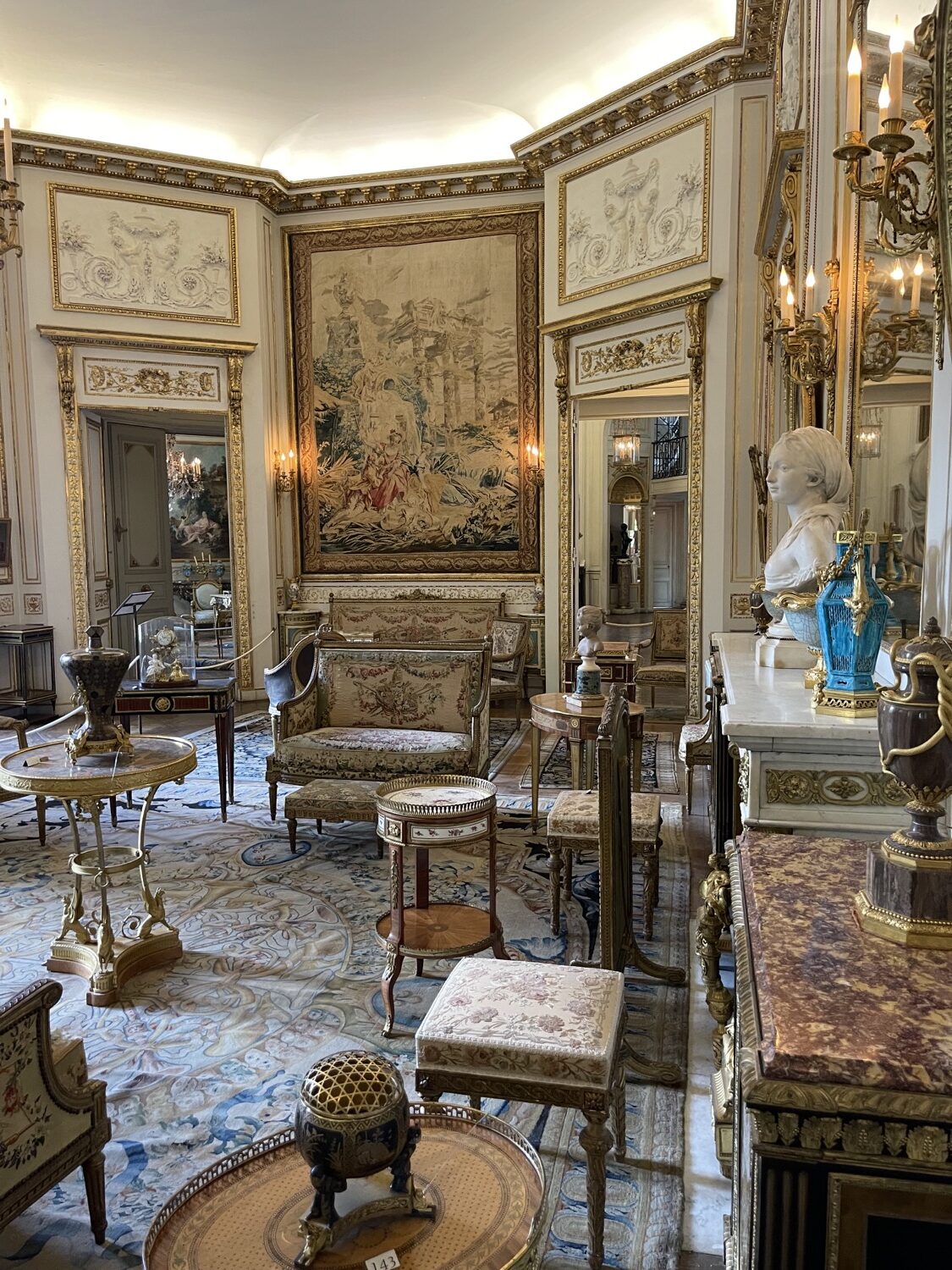
Inside of you will see huge sumptuous halls, a marble staircase topped with balustrades, unique vases from Japan, galleries of paintings by prominent artists. Pay back exclusive interest to antique French home furniture of the 17th-18th generations: this kind of masters of home furnishings artwork as Georges Jacot, Jean Henri Riesener, Jean-Francois Eben worked on the creation of wonderful armchairs, tables, chairs and cabinets. The carpets on the flooring had been produced by Savoneri in 1678.
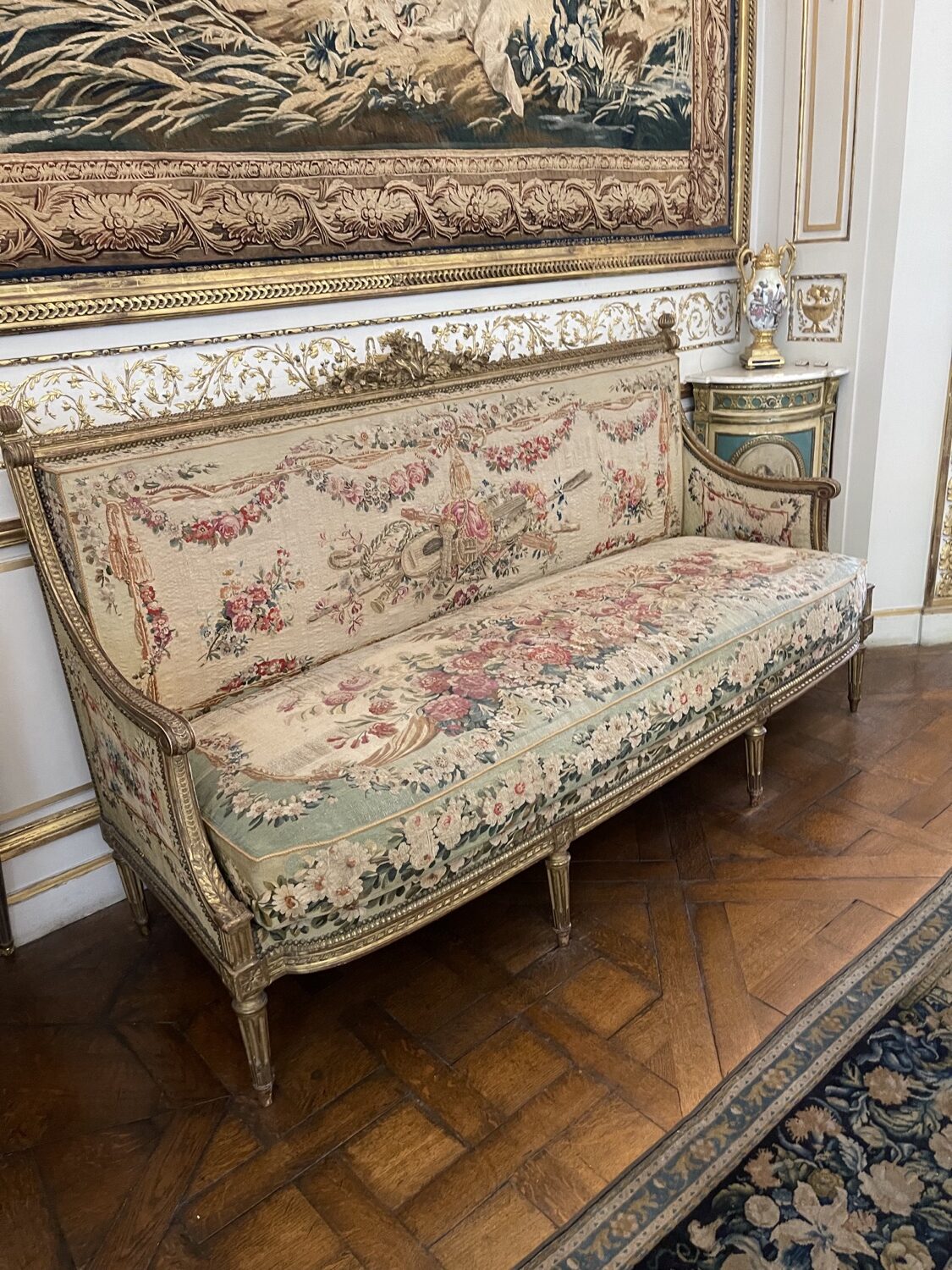
Wonderful figurines and sculptures, specifically picked for the interiors of the rooms, antique tapestries on the walls by Aubusson and Beauvais, high-class household furniture material, crystal candelabra and bas-reliefs are a obvious sign of the refined and selective style of the collector.
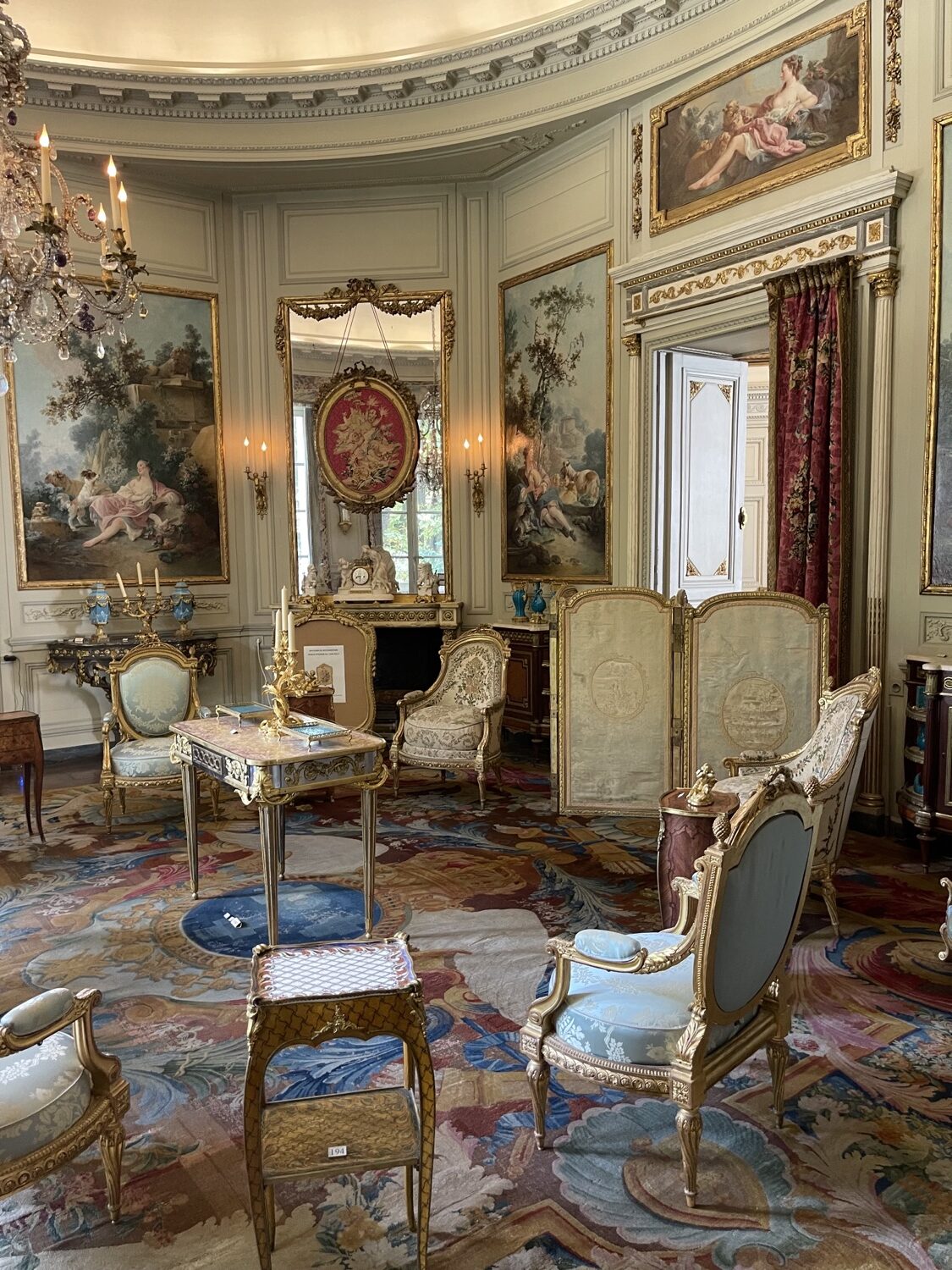
One particular of the wonderful issue of this museum is that household furniture and decor were remaining exactly on the identical place as it was at first which tends to make you experience the existence of that epoch and you can plunge into the atmosphere of that time.
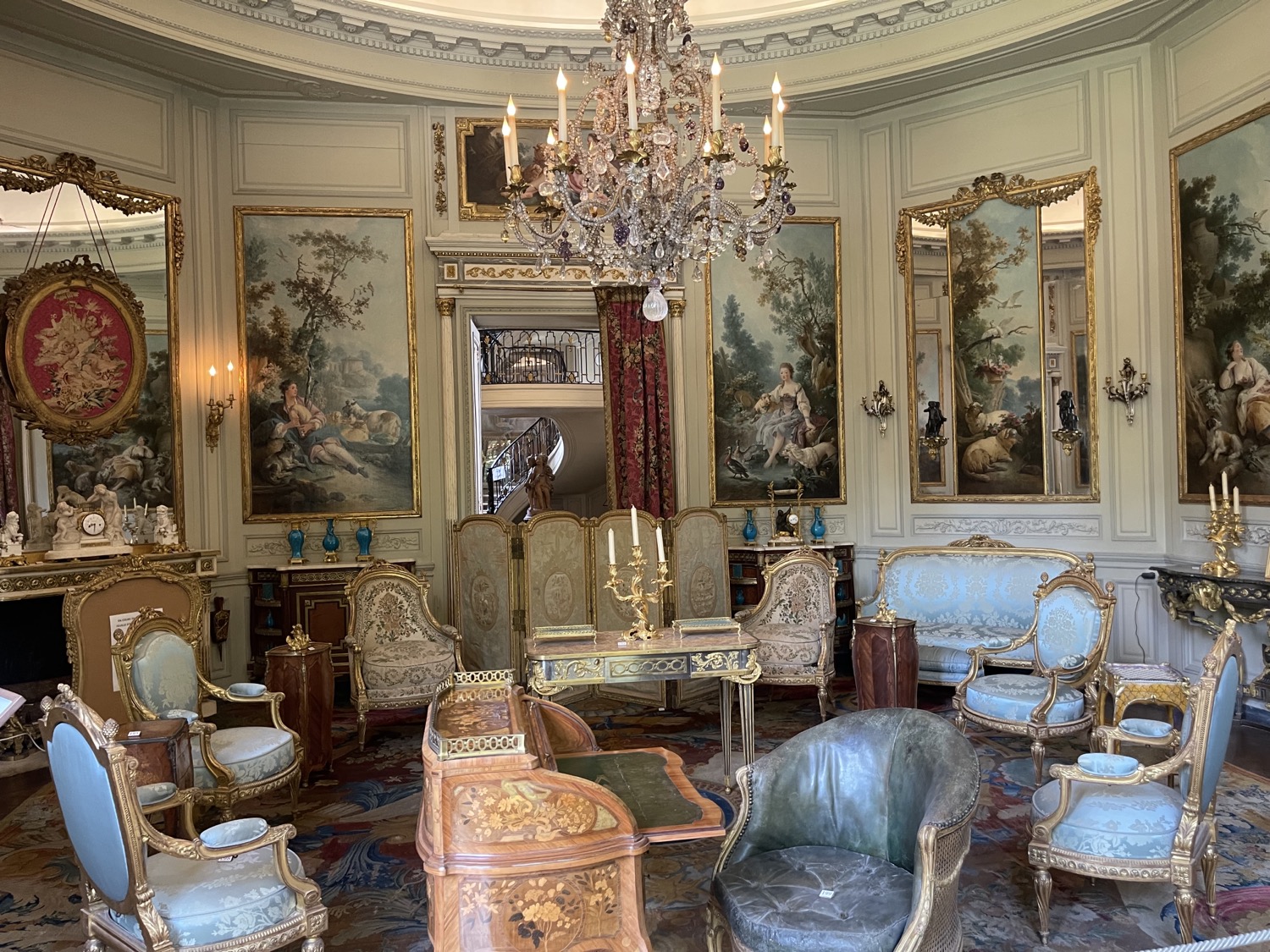
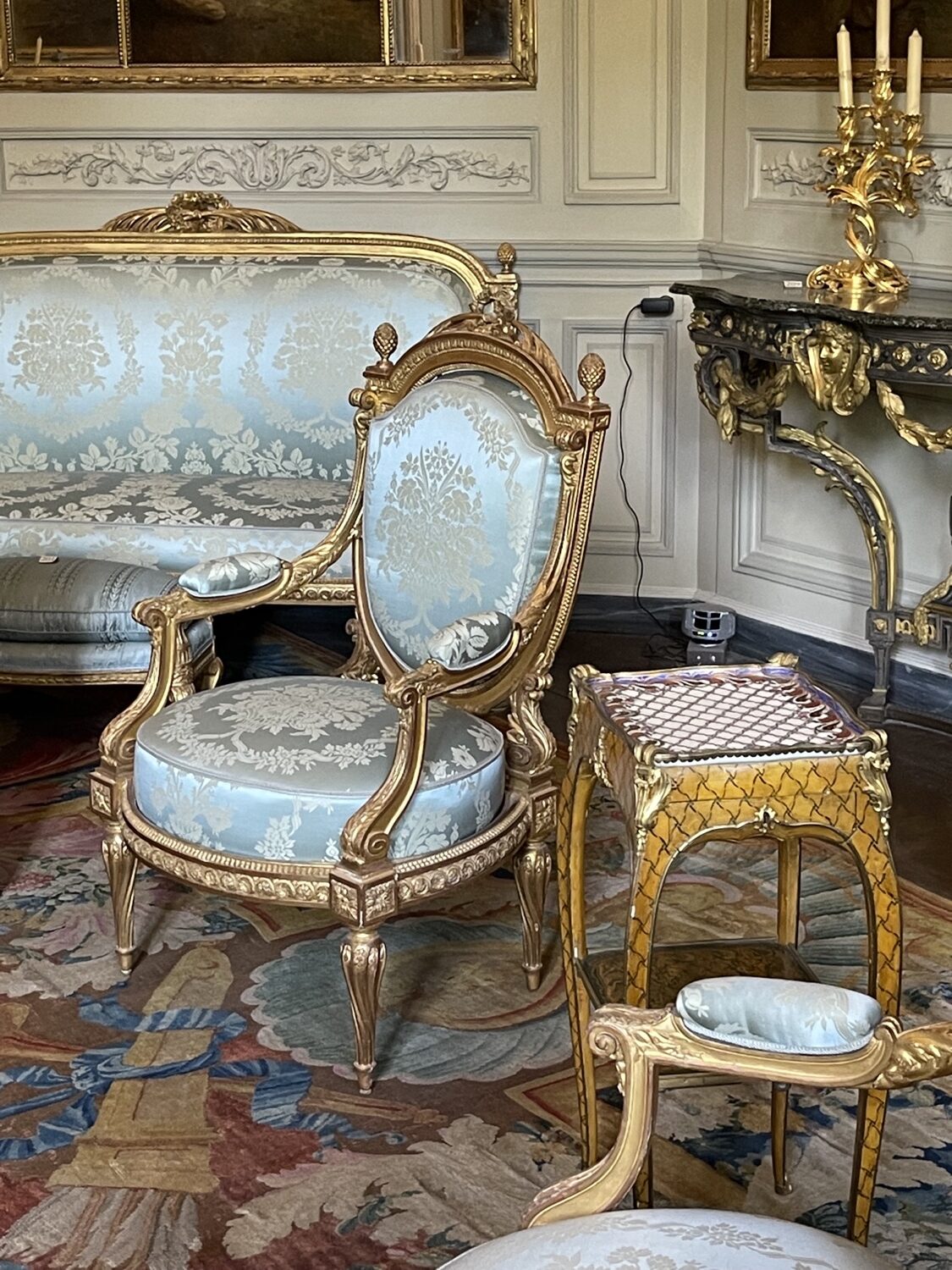
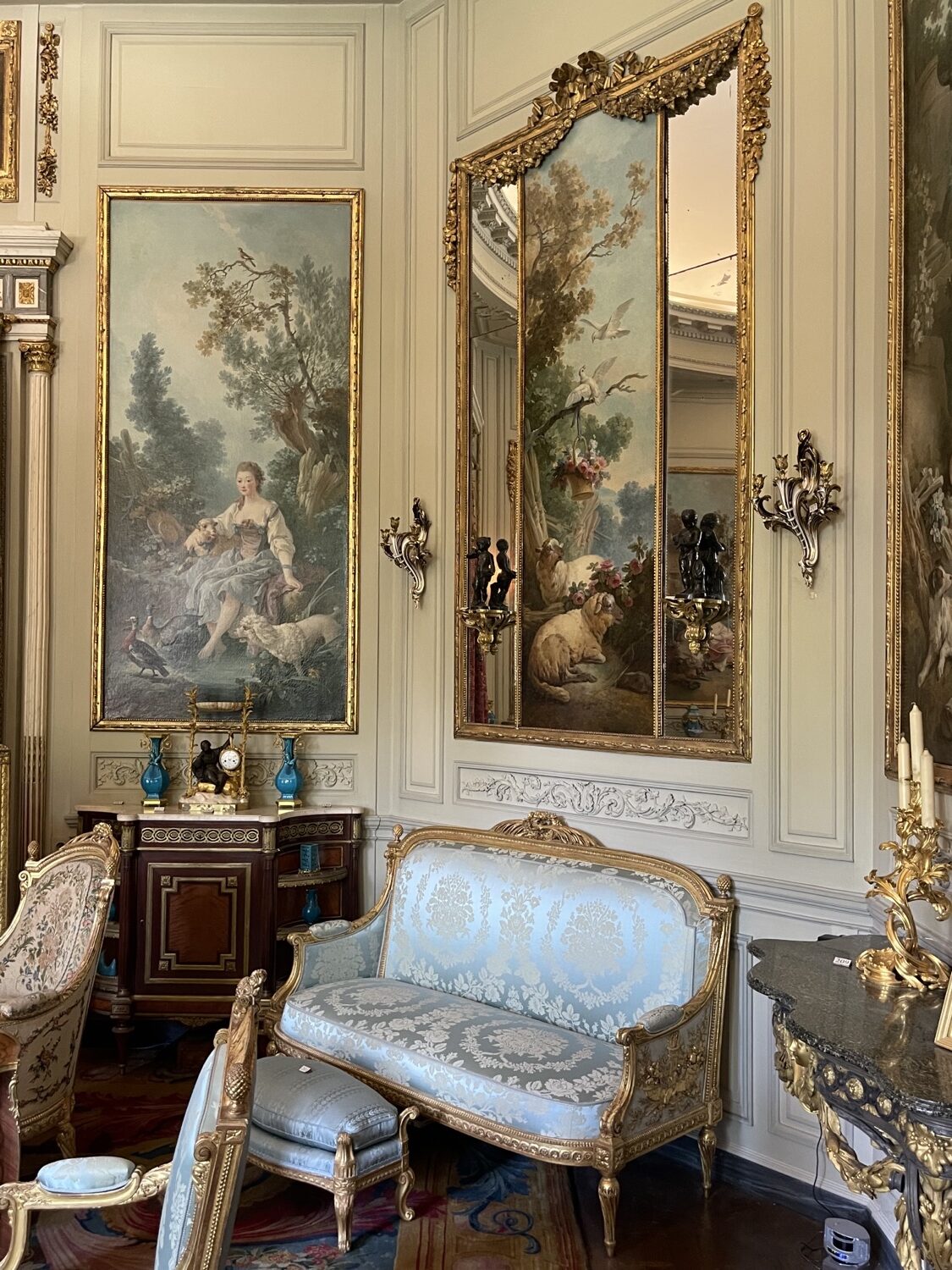
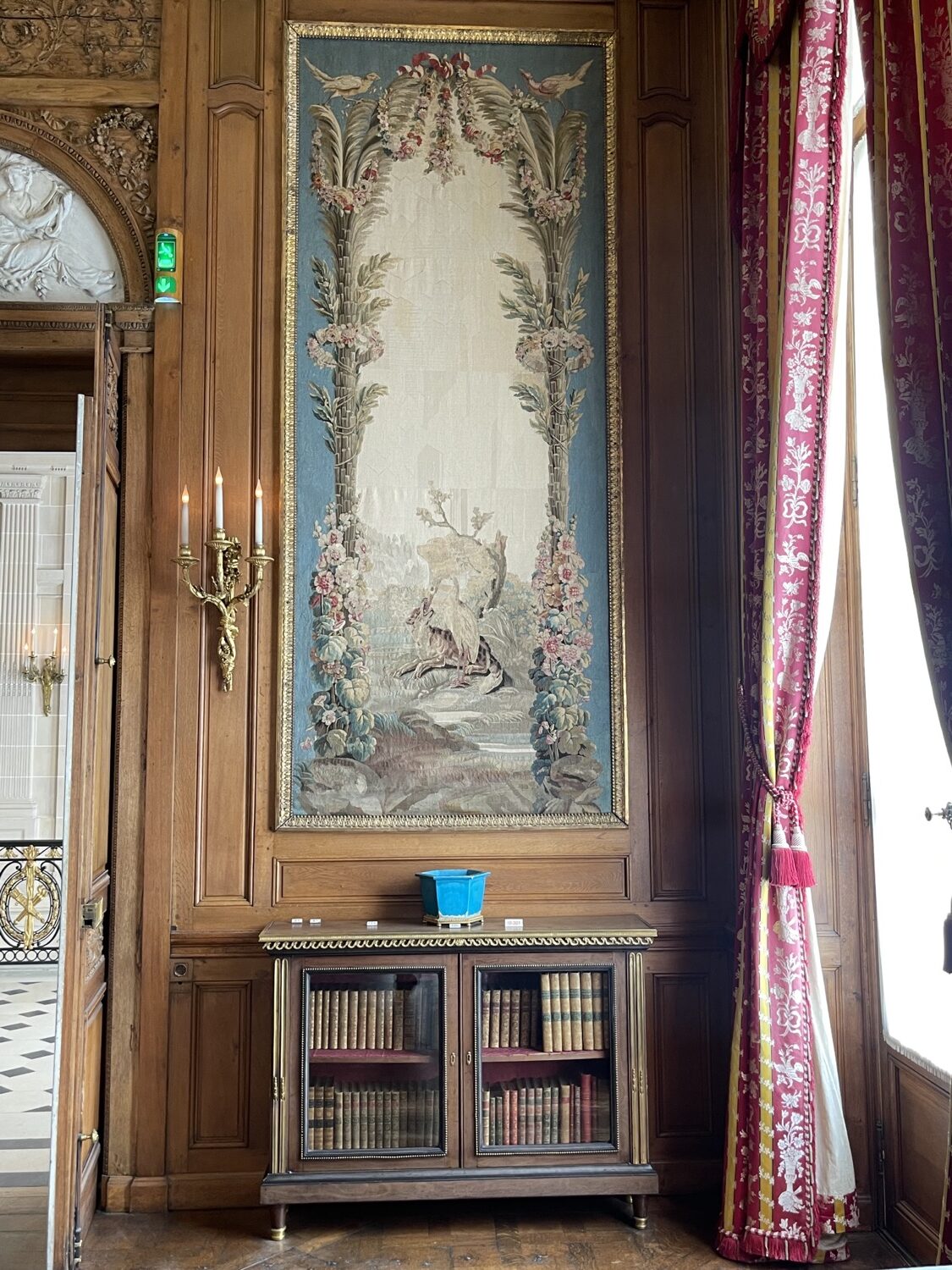
The terrific corridor of the mansion and the staircase has some things of Artwork Nouveau model:
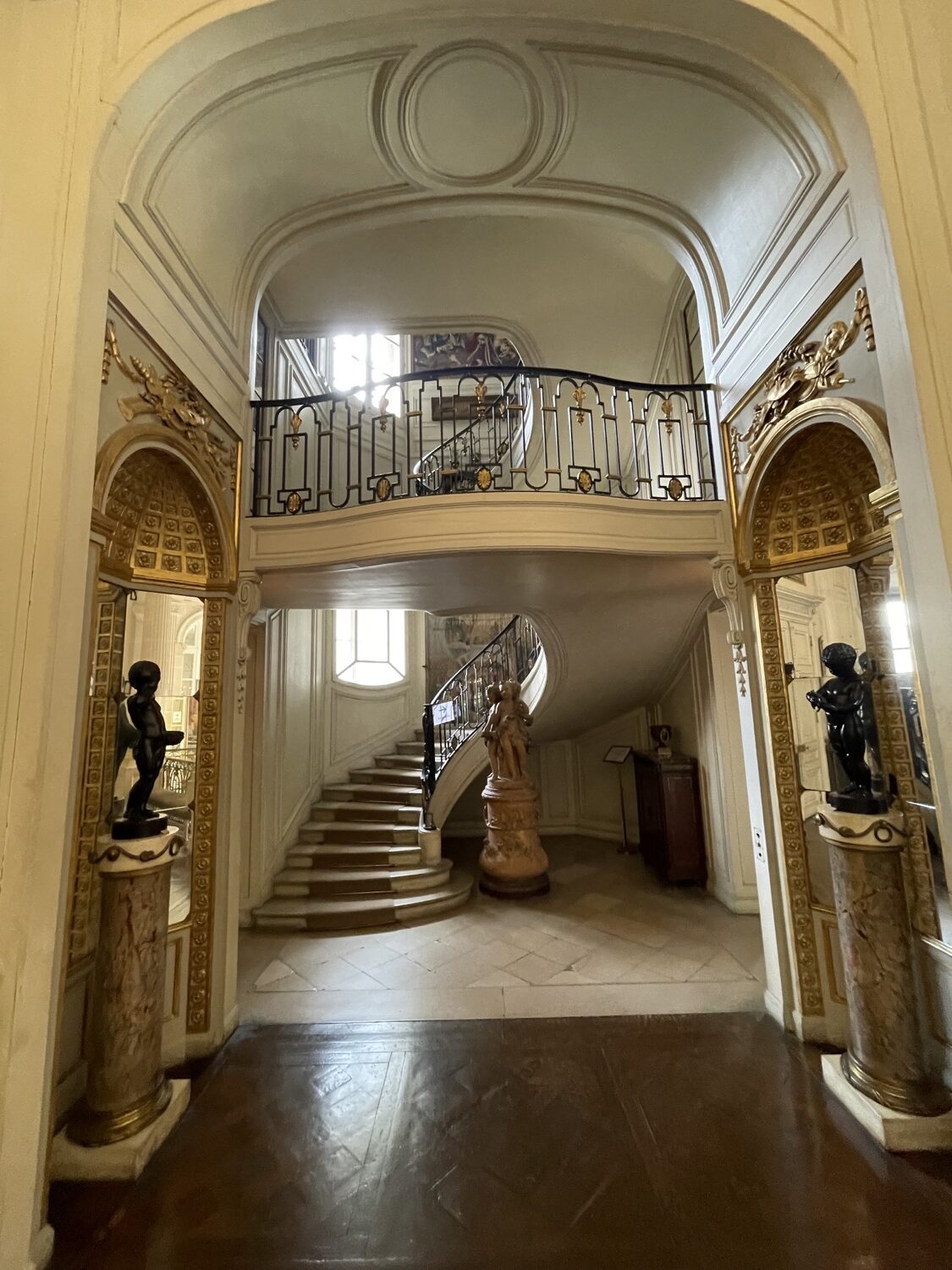
The tableware is of certain desire: the selection incorporates a Buffon porcelain services with the impression of birds, made at the Sèvres manufactory in the 18th century, and an Orlov silver meal provider, which Catherine II commissioned from Jacques-Nicolas Roettier in 1770.
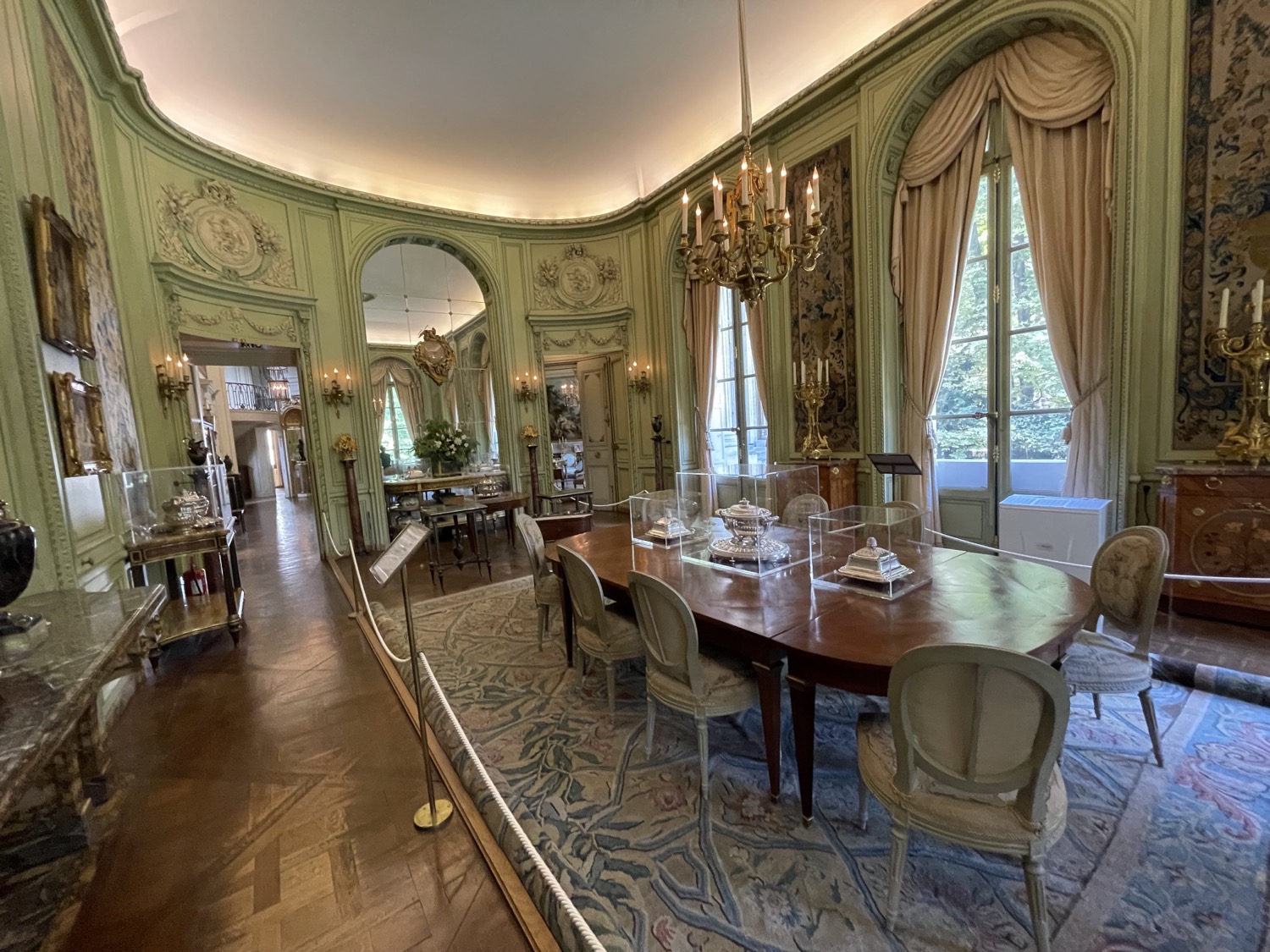
The boudoir upstairs is adorned in a much more relaxed design than luxurious entrance rooms of the floor floor.
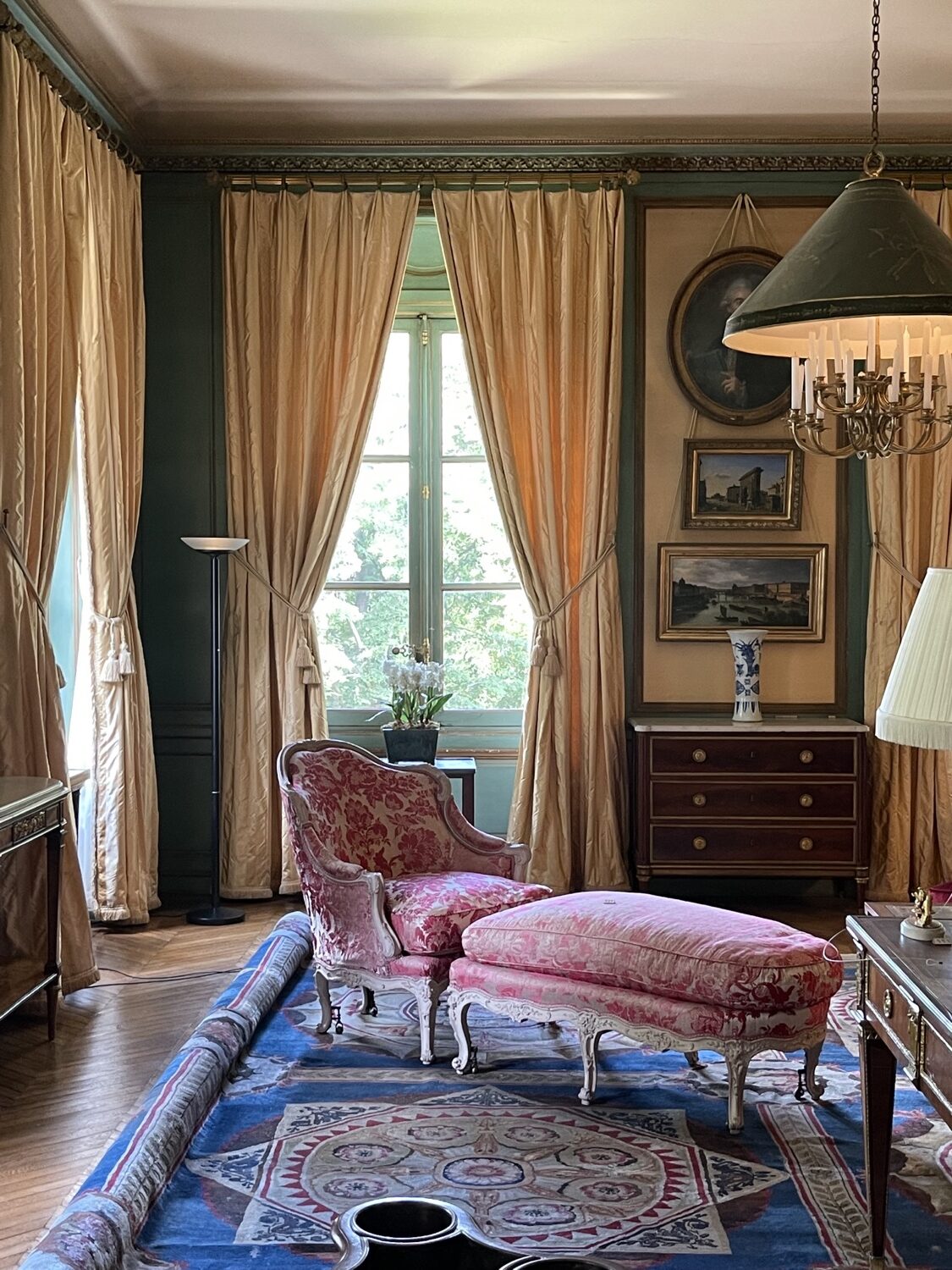
The inside of the library is pretty regular of that era: carved wood wall panels, purple upholstered home furnishings and large cozy carpets.
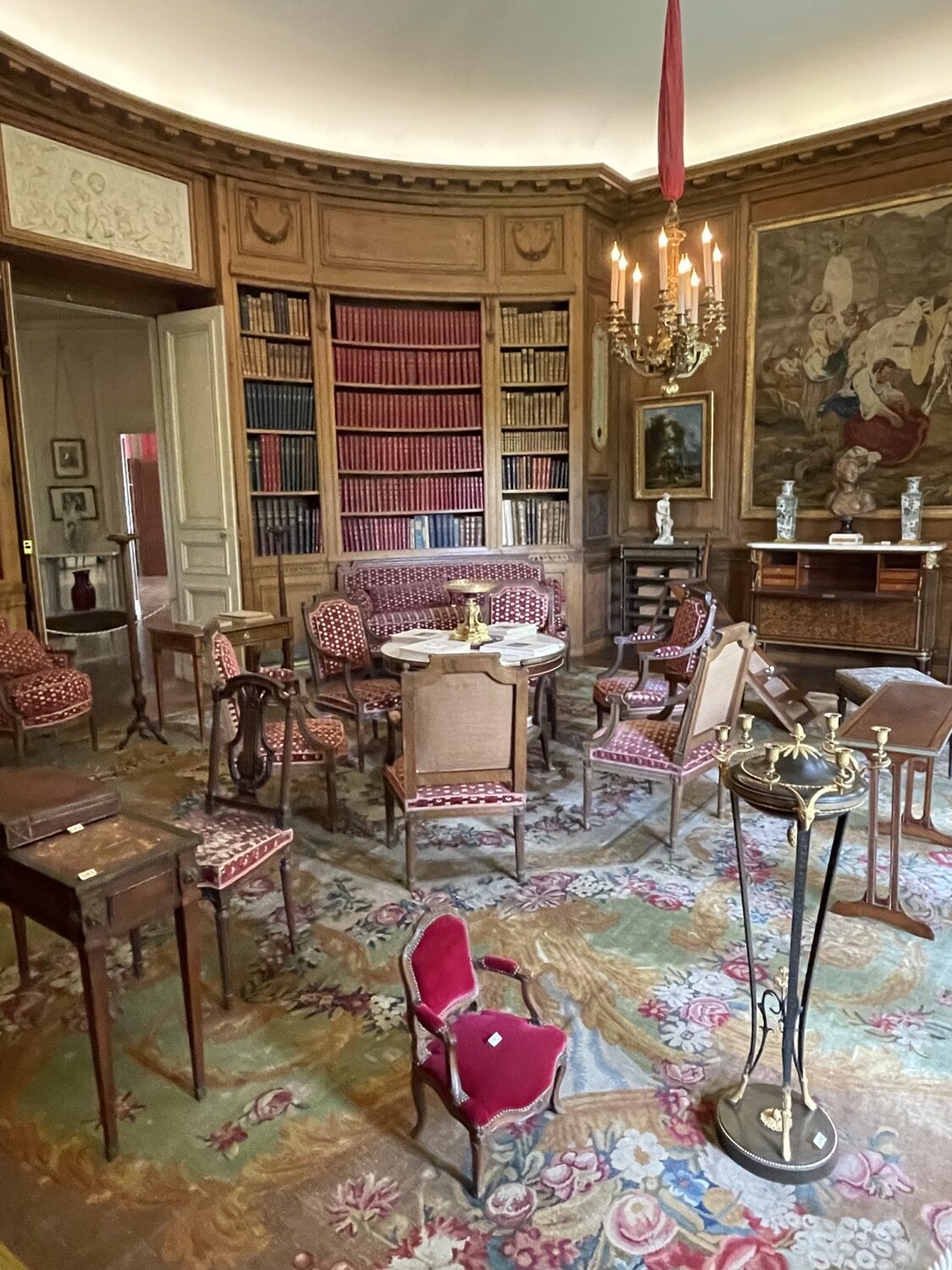
Other non-public rooms upstairs also appear very cozy and tranquil:
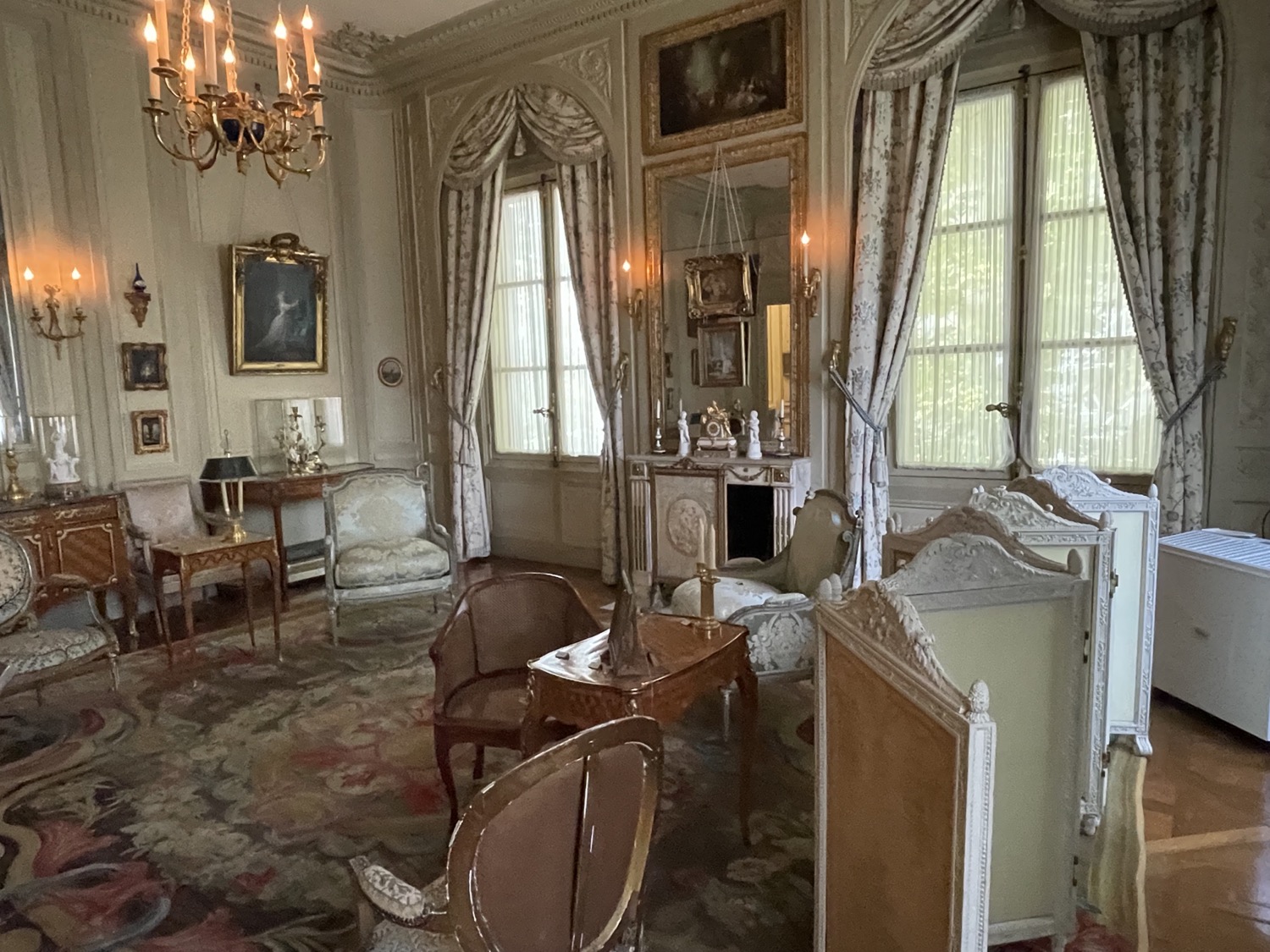
Specifically exciting to see are personal interiors that are typically shut to the public – bathrooms, kitchen area, provider rooms.
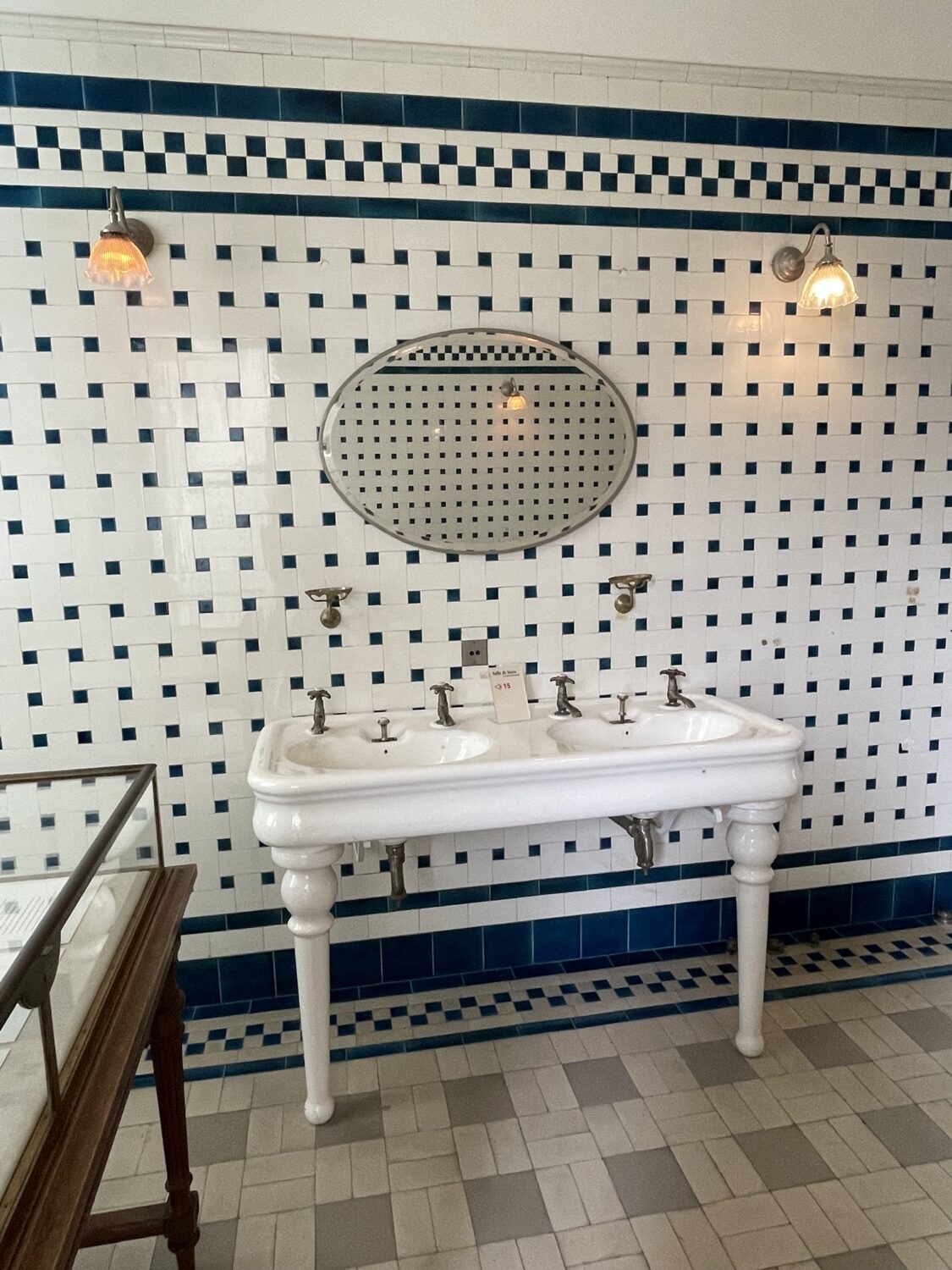
Bathrooms were being equipped with the hottest know-how of that time and seem up to date even now.
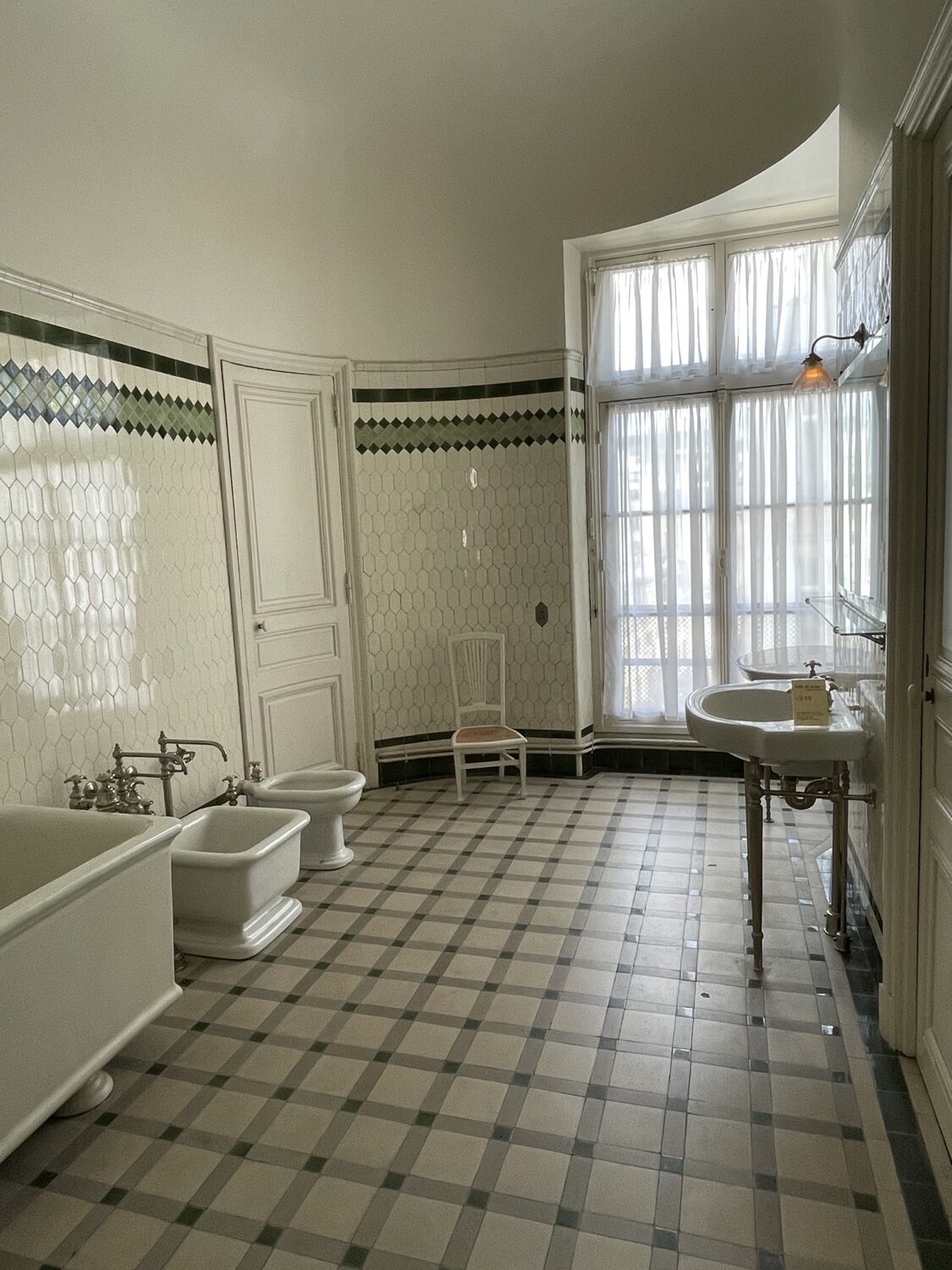
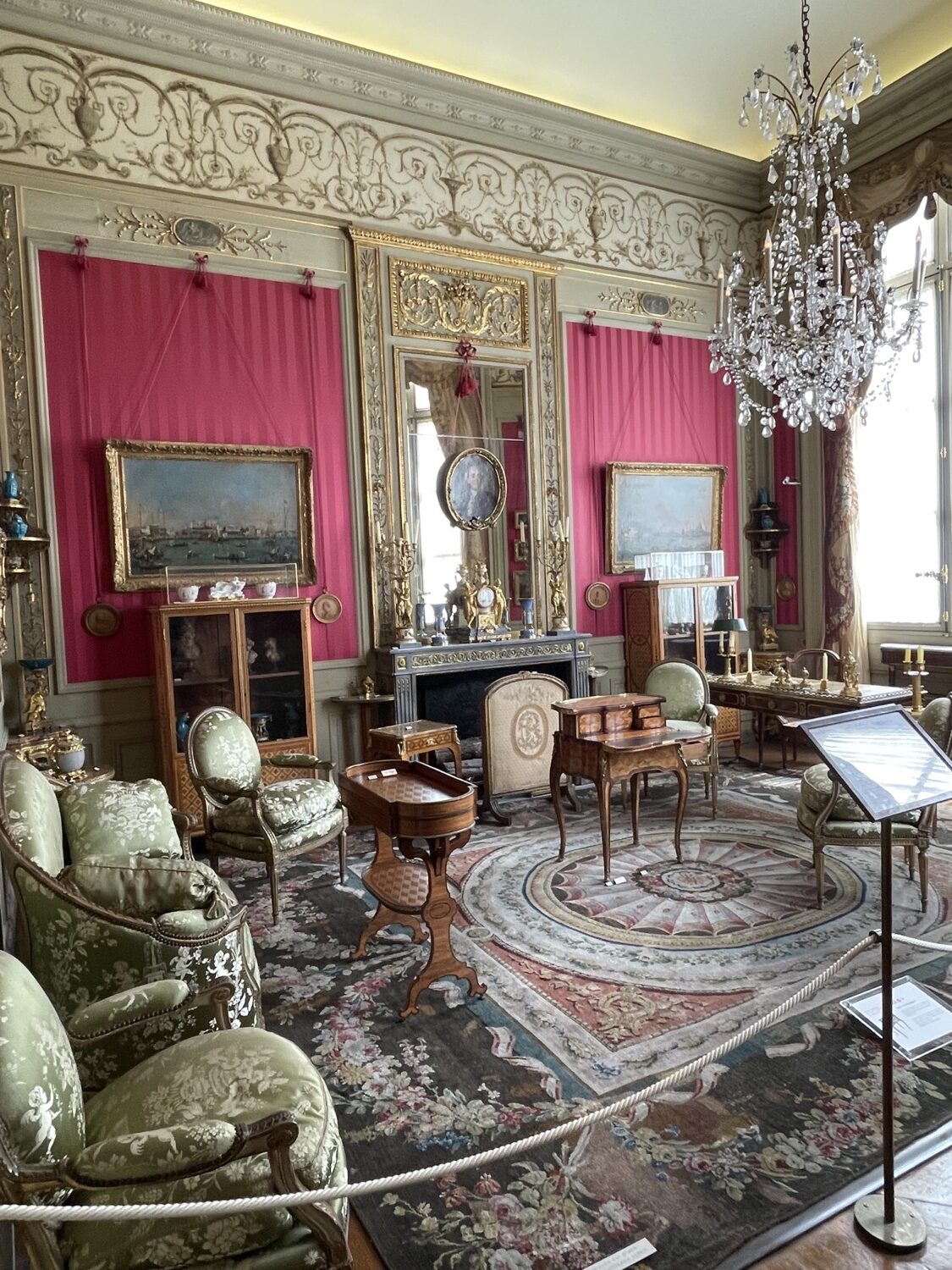
Aside from neo-traditional you can see the very clear influence of Napoleon Empire model such as gilded ornaments, which include golden leaves and vases.
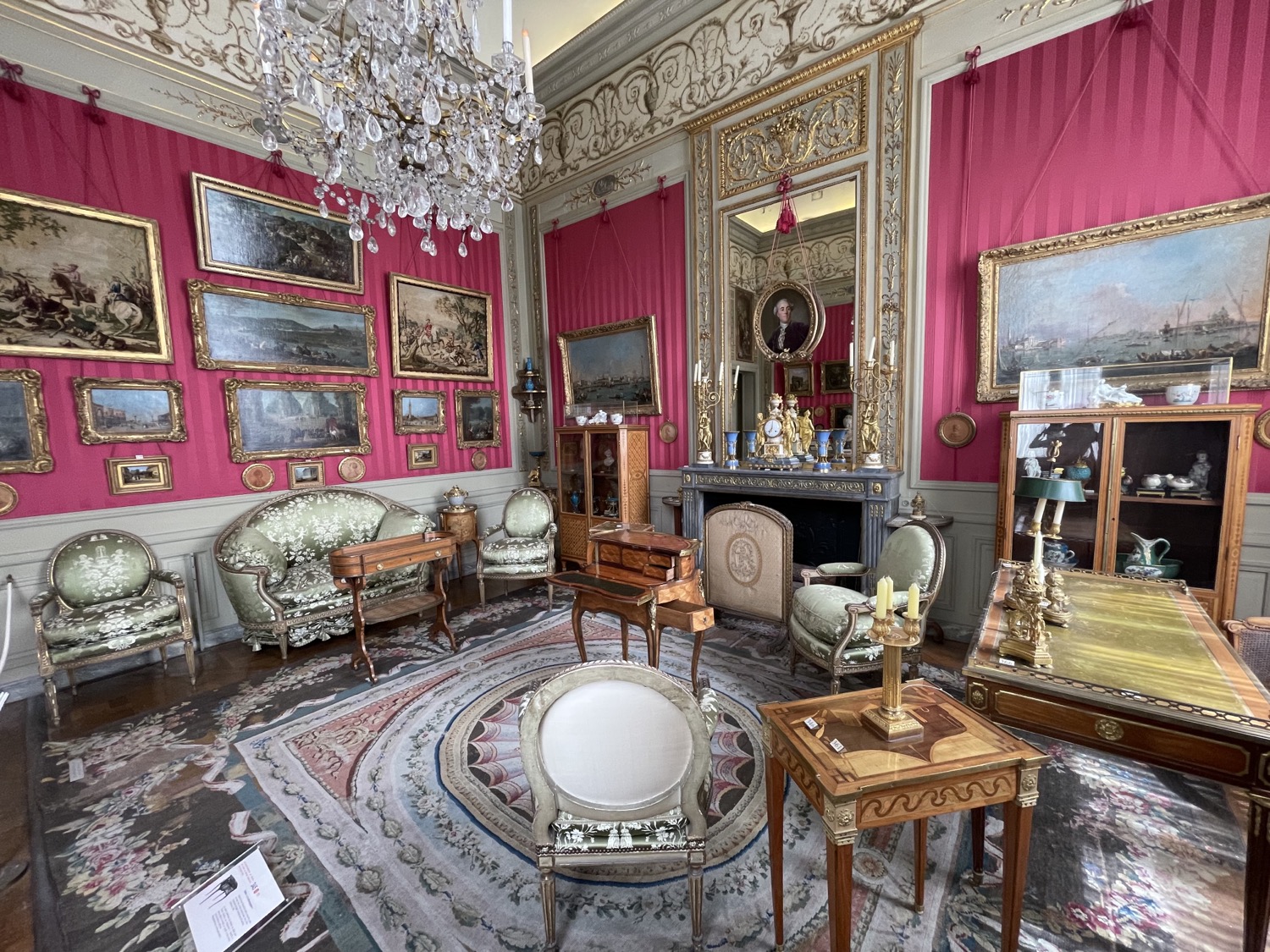
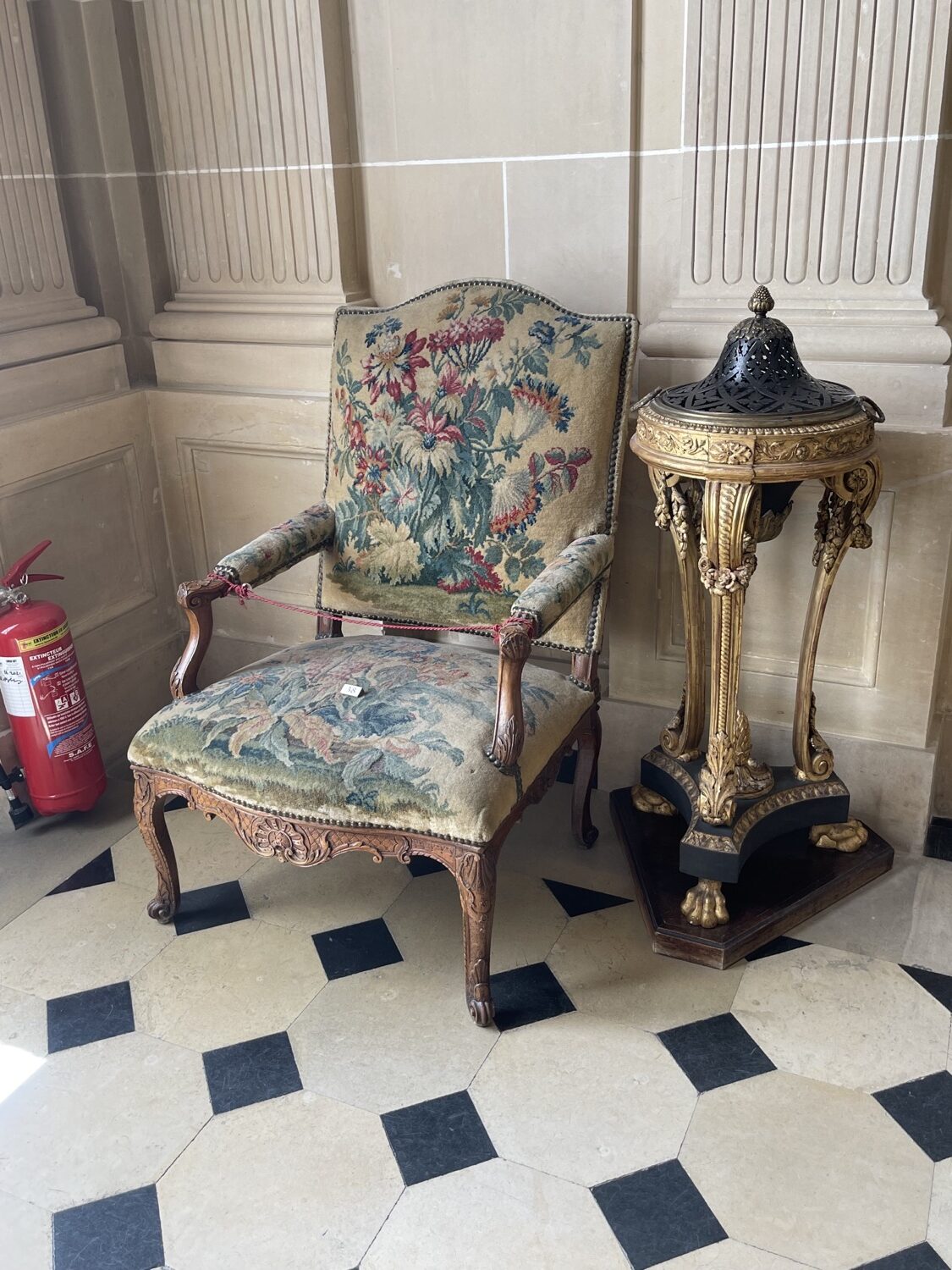
Immediately after the loss of life of his son Nissim in the war, Moses decided to donate the gathered assortment to the French people. His daughter Beatrice fulfilled her father’s will after his death, and on December 21, 1936, the Nissima de Camondo House Museum opened.
